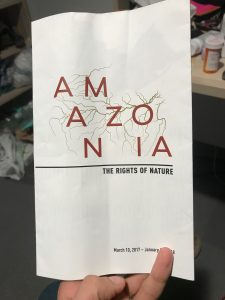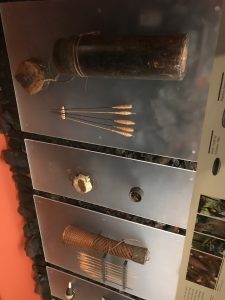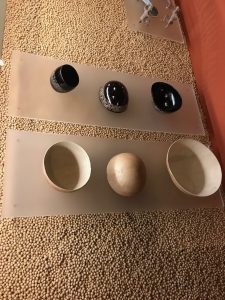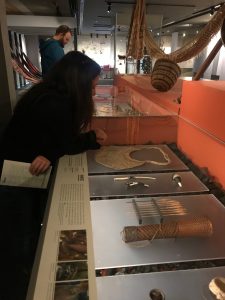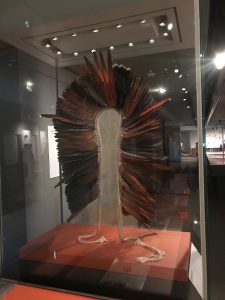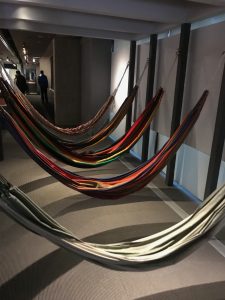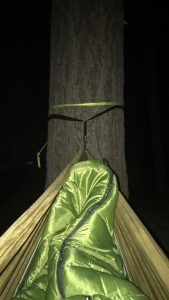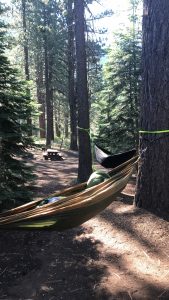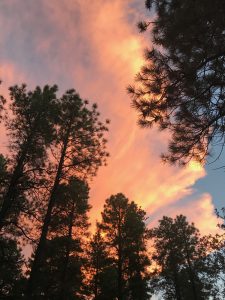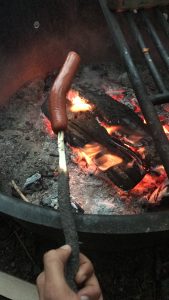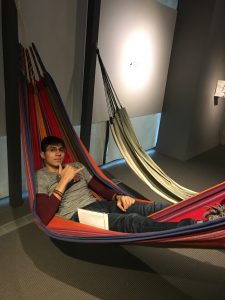I remember the first blog post I wrote as a personal blog post for ASTU 100, it was an interesting experience, but I struggled to do so because of how foreign blog posts were to me at the time. For my final blog in ASTU I would like to acknowledge that I struggled just as much, if not more, to write about the following topic. I struggled not only because this was a tough topic for me based off of my experiences as a soldier, but also because I found myself reevaluating the way I choose to tell the stories of my past, the way I choose to share my memories.
This past year in ASTU 100 we have constantly focused on the theme of memory. No matter what literature we read, we always seem to come back to the idea that memory is defined by subjective experience in which the person conveying a memory controls.

Recently for ASTU 100 we read the first chapter of Phil Klay’s book, Redeployment. I can honestly say I was a little overcome as he took me back to my own memories of basic training. After finishing the opening chapter I was so nostalgic, I found myself texting my closest army buddies just to check in on them. Redeployment encompasses the theme of memory, and how that can affect us in our everyday lives. Coming back from war Klay had a hard time, like most veterans do, readjusting to a normal life. It’s difficult for him to come down to white after being at orange for so long, as he describes it.
When I first read the chapter from Klay’s book I felt such a strong connection to it. I felt like no one in the world understood me the way he did when he wrote every single word, every single sentiment, on that page. The reason I felt this way was because I realised how disconnected I had been lately.
It has been almost a year since I left the military, but sitting in our ASTU class this week I found myself itching to bolt due to the memories triggered as a result of the discussion. In no way are these memories traumatic, nor do they inhibit me in my daily life, but simply I had learned to leave them behind, and as a result I never completely dealt with the feelings I felt as an active serviceman. Having them brought up in an unexpected setting left me jarred as a result of the sudden recollection of two years of a life I had chosen to leave behind.
After leaving class that day, I spent a few hours by myself and took some time to reevaluate the memories I was repressing, because I realised in that classroom that if I don’t deal with the past now, I may not have the ability to deal with it in the future. I discussed my dilemma with my ASTU Professor, and she suggested I listen to a podcast featuring a veteran, Michael Pitre, that Phil Klay mentioned during his reading of the novel we listened to in class.
In the podcast, Pitre discussed the way his friends and family reacted to his experiences as a veteran. They felt uncomfortable. And whether intentional or not, they distanced themselves from Pitre. As a result, he found himself telling decoy stories to fit the mould that allowed him to relate to others. This is a concept Klay discusses as well, thus the two are closely connected in the messages they convey regarding the disconnect between soldiers and citizens.
Coming to university after being in the military felt the same way, I felt like I was creating a decoy and simply saying what I had to to relate to my peers and move on from being a veteran to being a college student. What I realised thanks to my ASTU 100 Professor Dr. Luger was that I needed to do more. I needed to take something from this, and find a way to progress rather than just recognise the correlations to my past. Realising the issue at hand isn’t enough, Dr. Luger helped me understand that I need to find a way to show some improvement on that front. Progress.
After re-reading Klay’s chapter of Deployment, and after listening to Pitre’s podcast, I invited my friend Jamie over. I have known Jamie since my first day at University; we cracked open some beers, and I told him to ask me about the military and that I would answer truthfully without any decoy I may have given him in the past. Because I trusted Jamie, I was ready to tell him the full truth.

Jamie asked me about the story that was hardest for me to tell, and I told him about my buddy Ben. I would like to point out at this junction in the story that the term “buddy” in the context of this story is meant as “forced companion”. More specifically we were paired up and accountable for each other, and not as “close friends” as the term may imply.

Ben is the one on the right with the rifle.
It took me a while to answer Jamie. I struggled for a few minutes and sipped on my beer as a distraction to avoid answering until I knew I was ready to tell him about Ben. But after a while I mustered up the courage to tell Jamie a full truth. Although at times I struggled to look him in the eye (for I feared his eye contact may have made me fall back on the very decoy story I was trying to avoid telling), in the end I spent almost two hours telling Jamie about someone I hadn’t dared to mention since the three years I had met him.
Ben was a complicated guy, he was different and he struggled to fit the structure the military demanded. He was so hopeful and full of dreams that just didn’t fit the army’s rigid design. At the end of basic training I was so relieved to be free of the burden Ben was at the time, but it was only later, at the end of my service that I realised the reason I had such a hard time accommodating Ben. He was everything I wanted to be in terms of rebellion against the military institutions and norms. We were both smart guys with ideas that were well outside of the scope of our jobs, the only difference is I put aside my morals at times and fought the system to the top. Ben on the other hand was a martyr who fought so hard he ended up at the very bottom. I always justified his situation by saying that I was there by choice and that he was a conscript; in reality Ben and I were so alike, we just dealt with our hatred for the system in different ways. (For anyone that cares, Ben is doing fine now; he left the military and he is now studying Engineering in Singapore)
I didn’t think I would be able to do what I did. I didn’t think I would ever mention Ben again in my lifetime. And yet, not even a year after leaving the army, I found myself able to open up to a friend for the first time since serving.
For what seemed like the longest time (1011 days to be exact), I found myself recounting a story about the army that held no implicit cop out based off of my audiences reaction. I found myself telling the story of my buddy Ben, something I don’t think I would have ever done in my lifetime had it not been for the tools and insight both Phil Klay and Michael Pitre gave me. Skills I also strengthened this year in ASTU 100. Skills I use now to survive.
Through Klay, I realised that the trauma of my past is one that will always be prevalent, but by choosing to acknowledge it and open up to those around me, I have a shot at moving forward. Through Pitre, I realised that not everyone, and not every situation, is ready to hear about the experiences I had in the military. I have spent more hours with Jamie than most people I know, and for the first time I pulled him aside and directly told him about my past. Ben isn’t a story I would be comfortable telling in a group setting, and I don’t think I would be comfortable recounting my story of him to most people I know, but together Klay and Pitre helped me realise that even if the world isn’t ready to understand what you have been through, certain individuals may be. Just because I choose to recount my story to Jamie differently than how I do in a group setting, does not invalidate the experiences I had, in fact it strengthens them through the fact that they are better reserved for the audiences ready to receive them.
Both these authors, both these veterans, helped me realise that my stories are not ones that should make me feel bad about being different, but rather that they just simply aren’t meant for everyone. The way we choose to remember is not based off of how we generalise our past, but rather whom we choose to share its purest forms with.

For all my readers, I would like to thank you for reading this blog since its inception. Alas this is the final post, but worry not, for the story of my life continues, as do the stories I choose to tell to those who care to listen~



